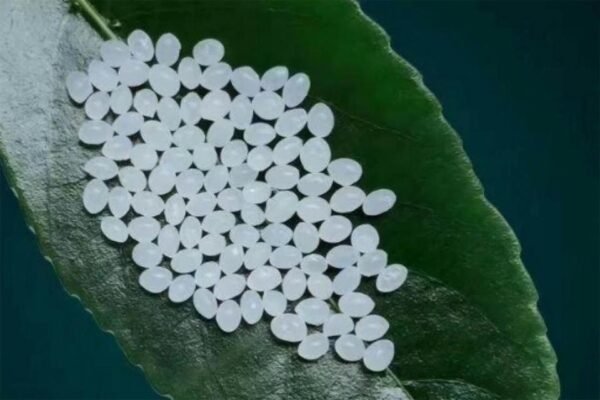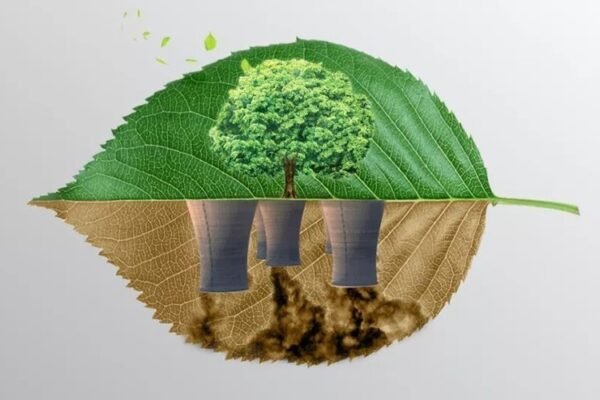Eco-friendly Alternatives: Why PLA and PBAT are the Future of Biodegradable Bags?
Degradable plastic bags use PBAT+PLA because the two can complement each other and meet the application performance of plastic bags. First of all, in terms of mechanical properties, because the melt blending of PBAT+PLA is a physical modification method, when the two reach a certain ratio, both the tensile strength and the elongation at break will be significantly improved. Second, the degradation performance can also be improved. In the initial stage of degradation of biodegradable materials, water molecules enter to undergo hydrolysis reactions. A single PBAT material has rigid ester bonds in its molecular structure, and water molecules are not easy to enter; on the contrary, PLA molecules are easy to enter and undergo internal degradation. The higher the PLA content, the faster the plastic will degrade. Finally, due to the impact of price factors, the cost of PBAT is much higher than that of PLA, and the mixing of the two can effectively reduce costs.







